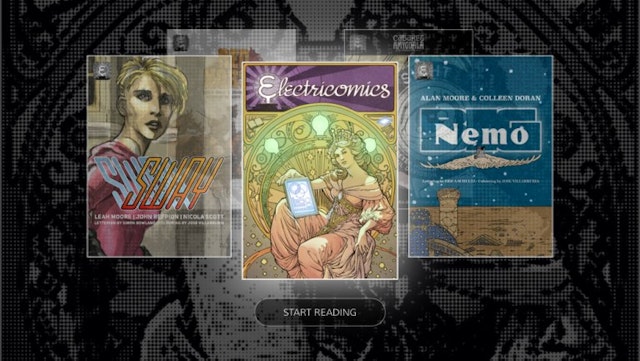What Pixar, Framestore and Jonathan Ross can teach marketers about storytelling
The advertising industry’s deep-rooted ties to storytelling are in danger of weakening in the rush for more data but Pixar, Framestore and Jonathan Ross have reminded marketers to use technology to move past the masses to relevance and value.

Using data to create the illusion of life
“My job is to create the illusion of life and to get people to feel for these characters,” said Matthew Luhn, story supervisor and story instructor at Pixar at Quantcast’s Supernova conference.
Many marketers are worried that as they move more budget into programmatic and try to engage smartphone users that they’re unable to elicit that emotion. It’s why at Pixar animators “don’t try to make a realistic person” and “completely mimic life” and instead use research on human behaviour to “create an illusion of life” that viewers are able to "connect" with.
“Pixar researches things like hair and skin to help animate it. How glossy does an eye need to be and how wide to make it look like the character might cry?” said Luhn. “You get people to really connect when you can accurately convey what the character is thinking through macro and ever micro expressions.”
He went on to explain how the team worked with a psychologist for Toy Story and a neurologist to “really study” the brain’s emotional response for Inside Out. It found out that there are 10,000 different expressions, 3,000 of which are related to peoples’ emotions. The crew had to then focus on seven key emotions to create the Inside Out story and the characters.
“Humans are capable of making 10,000 different expressions, 2,000 of those are tied to emotions. If a brand does the same sort of research it can connect more deeply with its creative.”
Visual experiences aren’t enough anymore

“It’s no longer enough just to create a visual experience, you need to create a virtual experience,” said Framestore’s co-founder and chief creative officer Mike McGee at Millennial Media’s IAB Digital Upfront last week. What this means for brands is that storytelling and the customer experience are on a collision course, with marketers needing to bake the former into all aspects of marketing; from design to product, mobile to ad tech.
The Oscar-winning special effects studio/production agency has been helping brands like HBO and Volvo do this, using its technical know how to create sophisticated virtual reality experiences.
“What we’re finding with virtual reality is that it’s a new way of telling stories,” added McGee. “When you’re in the virtual world you’re the camera. You’re the centre of the story and you don’t tell a linear story straight away. We’re still learning as is everybody but what we’re doing is giving people choices. You give them a way that they can steer themselves through the piece and we’re also looking at physical things that go with the experience.”
With marketers increasingly trying to create immersive experiences alongside the efforts of companies like Oculus Rift and Google Cardboard, it’s only a matter of time before virtual reality becomes a potent tool for brand engagement.
Create ads and plan media for a non-linear world

The ubiquity of mobile has given birth to a “different grammar” for creating content for smaller screens, said television presenter Jonathan Ross. Speaking at Millennial Media’s Digital Upfront, he cited Electricomics, an app created by renowned writer Alan Moore and a bevy of comics’ top creators from around the world, as an example of how non-linear experiences were the way to go on mobile.
“What older creatives need to understand is that there is a new potential to tell stories that aren’t different per se but there’s an opportunity to allow the audience to explore that world via this technology and I think it’s at its infancy,” continued Ross.
People are consuming content in a far more fragmented and unpredictable way than they ever have done. Therefore, advertisers are challenged to reassess how people are interacting with their brands through experiences unfolding in more personalised and targeted sequences.
“That [non-linear storytelling] would benefit advertising. The traditional thinking is that audience is passive with you giving them something to look at and they follow it as you dole it out to them. And that’s what cinema does. But actually when you give someone the chance o explore them [stories] in a different way then it becomes richer content. It’s a richer experience and I think that’s something of which the potential is huge. Not just in terms of click here if you want to see more but actually approaching it differently.”
Brands like Unilever and TUI are making early attempts to adapt to this type of storytelling, with the former creating a faux-Hollywood trailer for Romeo & Juliet pastiche that promises to a different version for each viewer.

